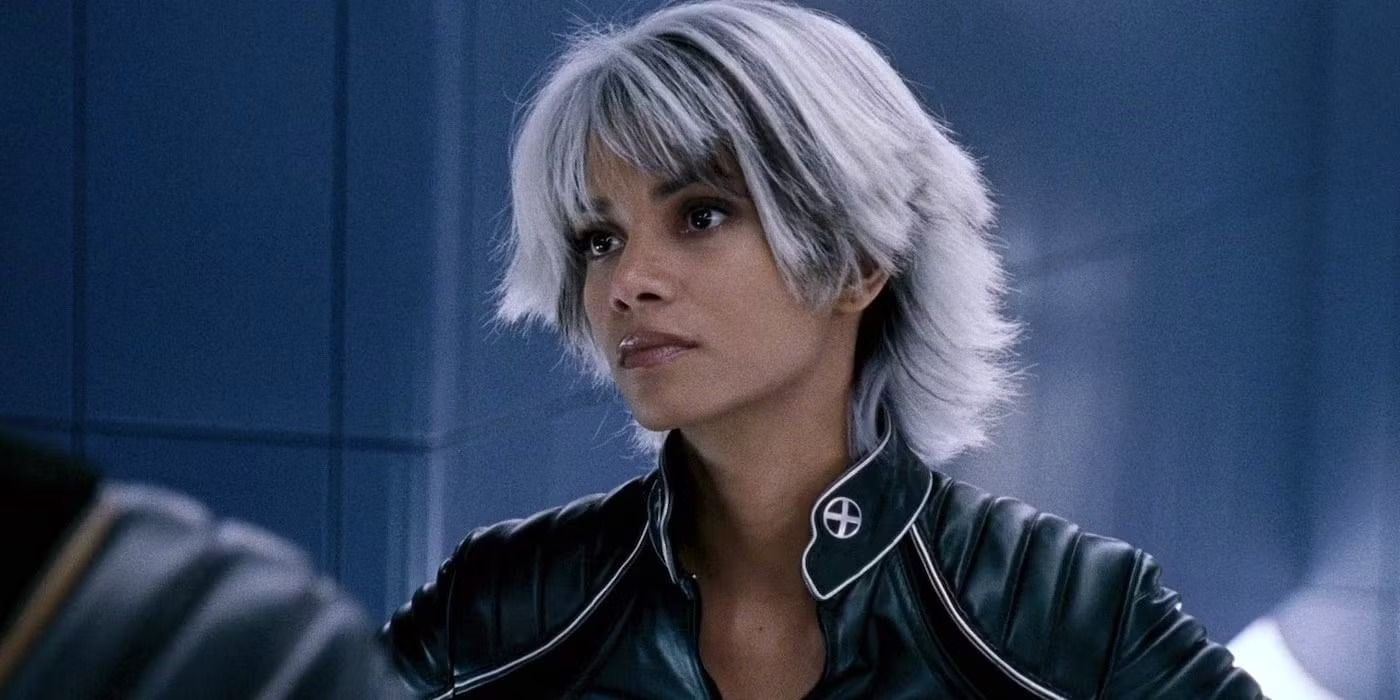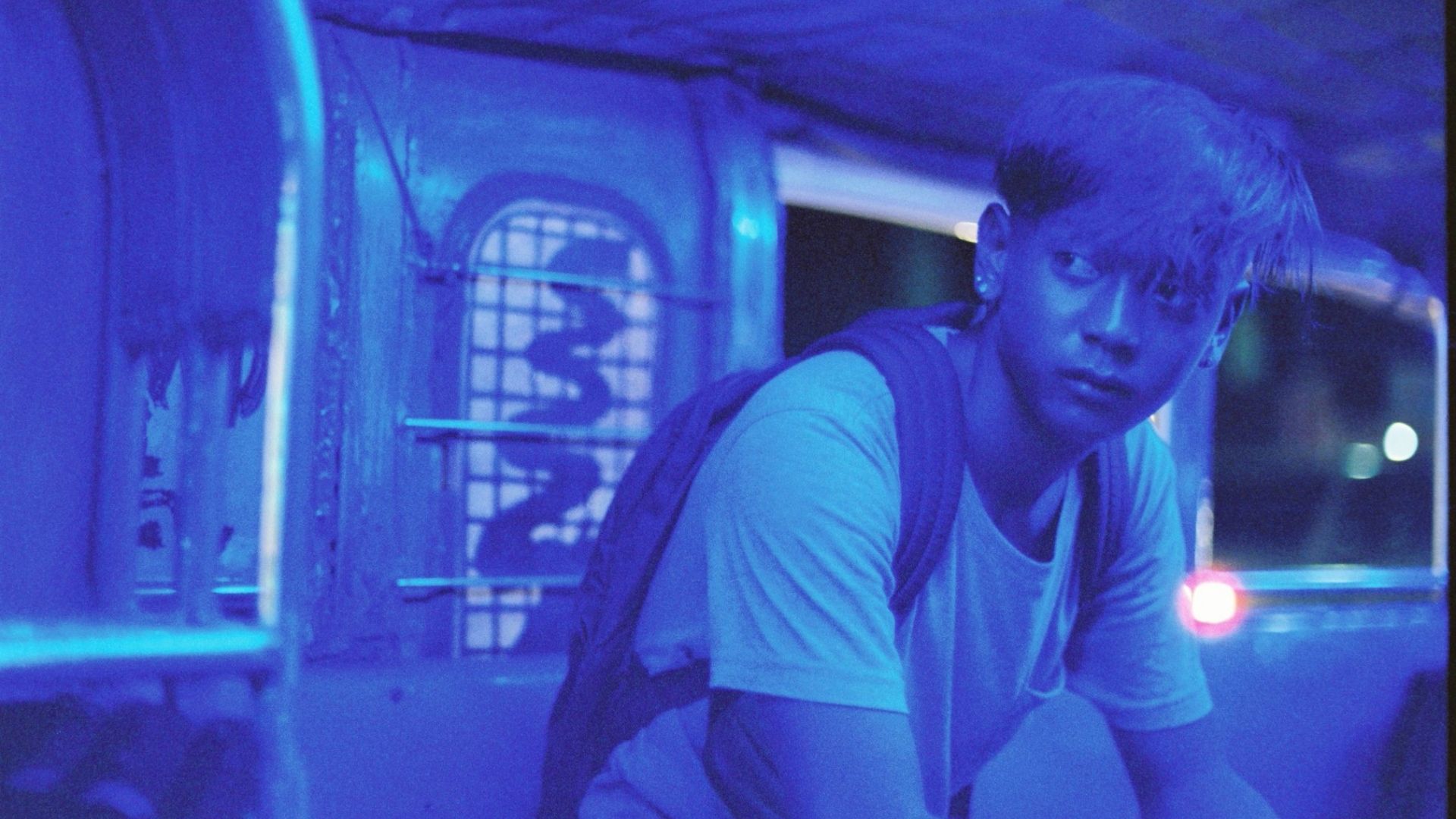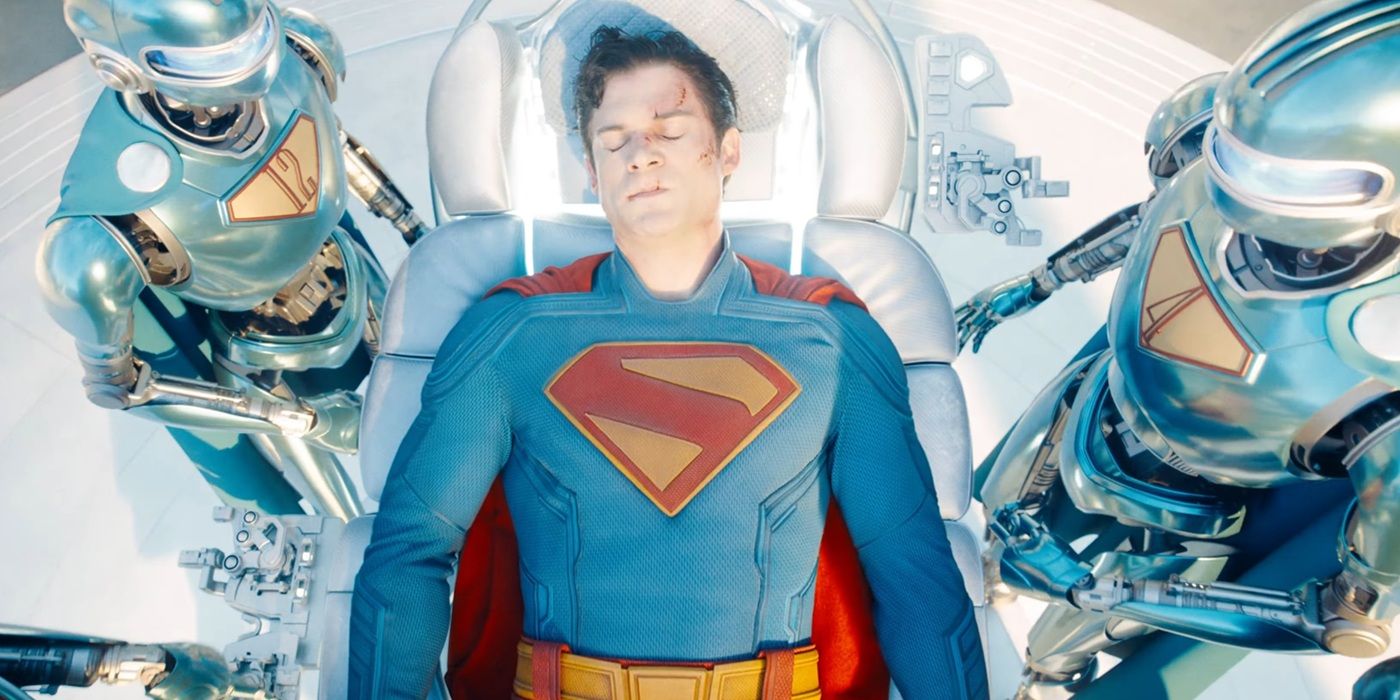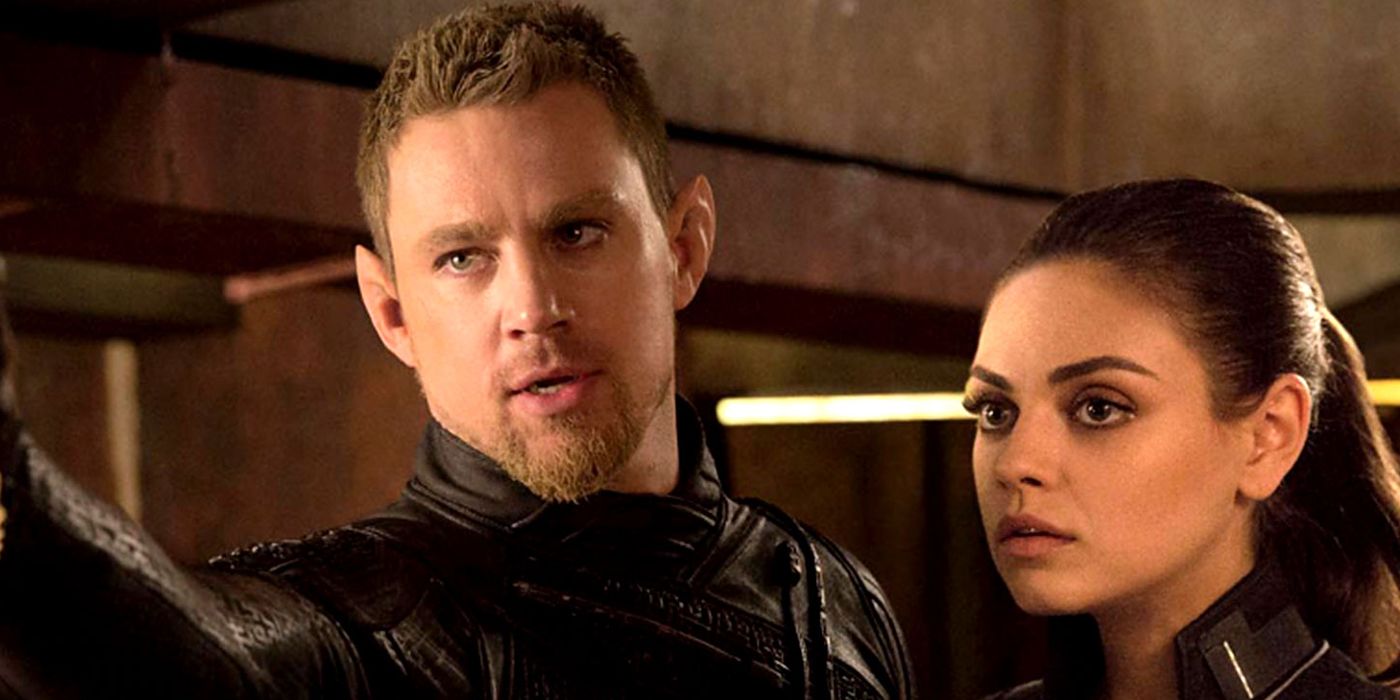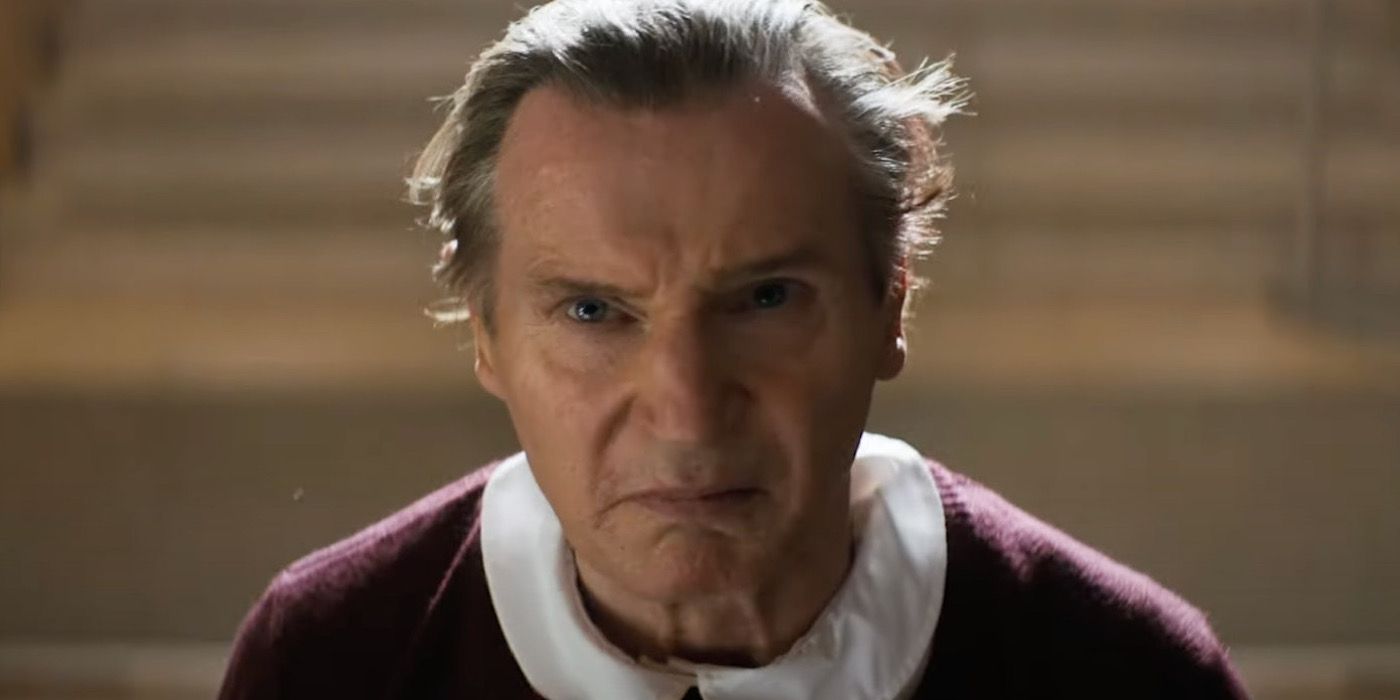Back in the early ‘90s, David Holthouse was at the wrong cannabis farm at the wrong time. While working undercover on the farm, he overheard a frantically told story about three Mexican workers who were torn to shreds, murdered by Bigfoot. For decades he’s never been sure if it was true, but it does match other stories about Bigfoot, in which workers had rocks thrown at them from the woods, and had heard rumbling sounds in the forest. Episode one of “Sasquatch” documents various people talking about Bigfoot as scientific fact, like a story they’re waiting for the rest of the world to catch up with. One self-proclaimed hunter talks about being crushed while in a tent; another talks of seeing the eyes of Bigfoot at 2AM one night when he was 10 years old, and has been trying to understand it since.
This first episode is a bit of a Trojan horse for a true-crime story, and it almost backfires. Yes, it’s fascinating that the doc almost reaches levels of investigating Bigfoot’s existence, to prove that the crime happened, but it plays, initially, as simply quirky. Thankfully, “Sasquatch” is about far more than that—its initial ideas of a deadly myth, and trying to hunt a myth, are more of a context in how to watch the rest, as Holthouse’s interviews lead to more unsolved mysteries. Even as the documentary nearly forgets Sasquatch and the kooky characters, they come back with thematic urgency that makes the human elements all the more striking. And in the sharpness of Rofé’s documentary, it moves beyond these ideas without tokenizing them as kooky comic relief. They believe what they believe, but “Sasquatch” is on to something else.
Rofé expands to focus on the competitive, dangerous cannabis business up in those northern California mountains, and to understand the culture of lawlessness and racism that permeates. It touches upon how the 19th century gold rush brought hopeful business people to the land, but not the most honorable, and that happened with a type of dope rush in the later 20th century—sure there were some hippies, but they were heavily armed, and there were Hell’s Angels too. Scene by scene, the documentary establishes a great deal of power in these parts, especially at the reclusive location of Spy Rock, where bodies are often found.
You can view the original article HERE.

